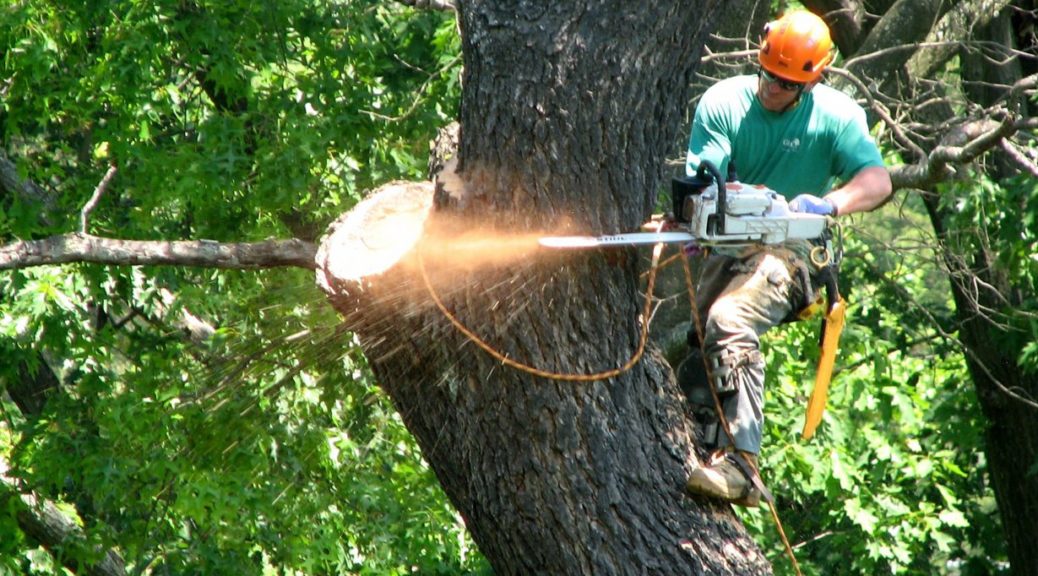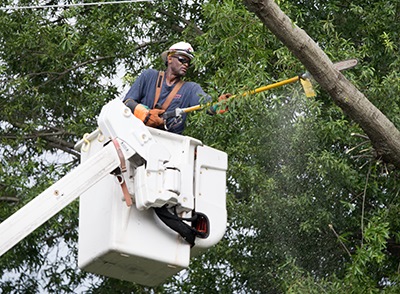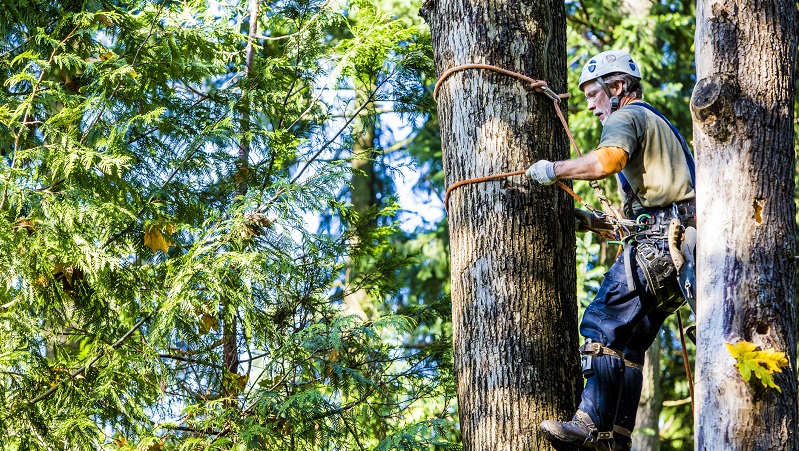Understanding the Importance of Tree Preservation and Preservation Practices in Urban Areas
In the busy landscape of metropolitan settings, trees frequently stand as silent guardians, providing a wide range of benefits that expand far past their visual appeal. Understanding the relevance of tree preservation and conservation methods in these locations is not just a holistic strategy however an environmental factor to consider to fostering sustainable and resistant communities. As we discover the intertwined material of environmental, social, and economic benefits that metropolitan trees provide, it comes to be obvious that their conservation is essential for the well-being of future and present generations. Allow us start a journey to reveal the essential duty that trees play fit the city landscapes of tomorrow.
Ecological Advantages of Trees in Cities
Trees in metropolitan areas play an essential duty in offering different environmental benefits, contributing to the general well-being of city residents. One considerable advantage is the enhancement of air quality. Trees work as natural filters, taking in contaminants such as carbon monoxide, sulfur dioxide, and nitrogen dioxide, and releasing oxygen into the environment. This process helps in reducing the concentration of unsafe gases, making the air cleanser and much healthier for homeowners.

Moreover, trees add to water monitoring by reducing stormwater runoff and soil erosion. Their root systems take in excess water, avoiding flooding and filtering system toxins before they get to water bodies. This all-natural process aids preserve water top quality and protects marine communities in city locations. Generally, the ecological benefits of trees in cities are essential for creating livable and lasting urban environments.
Social Significance of Urban Tree Conservation
In contemporary urban landscapes, the preservation of trees holds considerable social importance for fostering community wellness and enhancing lifestyle. Urban tree conservation plays a crucial duty in developing areas for social interaction and community engagement. Trees supply meeting place for individuals, such as parks and environment-friendly locations, where communities can come together for leisure activities, get-togethers, and leisurely walks. The existence of trees in metropolitan settings has actually been connected to reduced degrees of stress and anxiety, boosted mental wellness, and raised feelings of health among residents. Additionally, trees add to the visual appeals of neighborhoods, producing visually attractive surroundings that boost the total livability of city locations.

Economic Value of Tree Conservation
The preservation and preservation of city trees supply significant economic benefits that add to the overall financial wellness of neighborhoods and cities. Urban trees supply a large range of economic advantages that favorably influence neighborhood economic situations. One substantial financial benefit of tree preservation is the increase in residential property worths. Trees improve the visual charm of areas, bring about higher property values and drawing in prospective customers or occupants. Furthermore, urban trees help in reducing energy expenses by giving shade in the summer and serving as windbreaks in the winter months, consequently decreasing the demand for home heating and cooling systems.
In addition, trees play an essential function in decreasing stormwater runoff my company and alleviating the impacts of flooding, which can cause price financial savings for cities in terms of framework maintenance and repair. Urban trees also add to boosted air top quality by launching and taking in toxins oxygen, leading to possible cost savings in healthcare expenses linked with respiratory system health problems. By recognizing and investing in the economic value of tree preservation, cities can promote sustainable growth, boost high quality of life, and develop even more durable city atmospheres.
Methods for Lasting Urban Tree Management
A detailed strategy to sustainable city tree administration involves integrating diverse approaches that focus on lasting environmental wellness and area well-being. Applying tree supplies and assessments is crucial to comprehend city tree populations, their health and wellness, and upkeep needs. Routine pruning, watering, and mulching are crucial practices to guarantee tree vitality. Taking on tree planting programs that concentrate on indigenous and climate-resilient varieties can improve metropolitan biodiversity and sustainability.
Area involvement plays an essential duty in sustainable urban tree administration. Informing citizens about the advantages of trees, arranging tree planting occasions, and entailing volunteers in tree care tasks cultivates a feeling of ownership and stewardship. Partnership between neighborhood government, ecological organizations, and homeowners is crucial to developing and implementing reliable tree monitoring strategies.
Purchasing environment-friendly facilities, such as urban forests and eco-friendly roofs, can supply several benefits, consisting of boosted air top quality, stormwater monitoring, and metropolitan Website heat island mitigation. tree removal. Incorporating trees into urban planning and style procedures ensures that trees are valued as essential parts of a healthy and resistant city setting
Neighborhood Participation in Tree Conservation
Neighborhood involvement is a basic component in cultivating sustainable urban tree administration practices and guaranteeing the lasting health and wellness and preservation of metropolitan tree populations. Involving the area in tree conservation campaigns can bring about increased understanding, recognition, and stewardship of trees within metropolitan locations. When locals actively get involved in tree conservation, upkeep, and planting efforts, they develop a sense of ownership and pride in their local environment.
Neighborhood involvement additionally advertises social cohesion and cooperation amongst homeowners, neighborhood authorities, and ecological companies, cultivating a common responsibility for metropolitan tree conservation. By organizing tree planting events, instructional workshops, and volunteer possibilities, neighborhoods can function with each other to boost the metropolitan tree cover and produce greener, healthier cities.
Conclusion
To conclude, metropolitan tree preservation and preservation techniques play a vital duty in enhancing the ecological, social, and financial wellness of cities. By recognizing the value of trees in urban locations and implementing lasting management strategies, neighborhoods can appreciate the various advantages that trees offer. It is important for stakeholders to actively take part in tree preservation initiatives to make sure a greener and much healthier metropolitan atmosphere for present and future generations.
